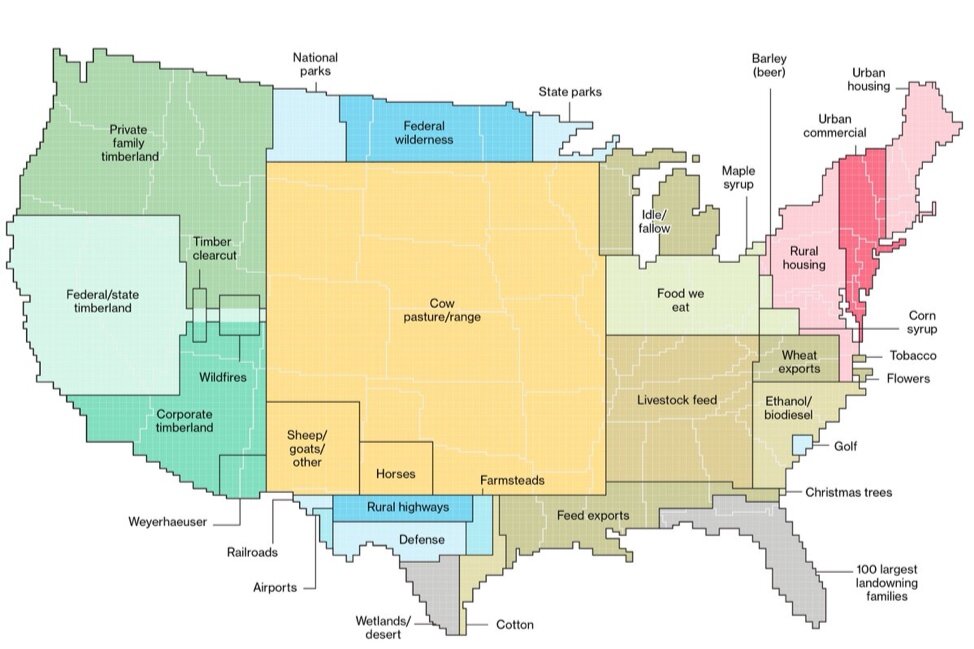
NEWS & INFORMATION

U.S. Imperiled Species are Most Vulnerable to Habitat Loss on Private Lands
These results of this study underscore the importance of federal lands in protecting habitat for imperiled species and highlight the need to improve habitat protection on private lands for long‐term conservation.

Some Landowners Diversify as Texas Working Land Declines
Over a twenty year period, Texas lost 2.2 million acres of working lands, with 1.2 million of those being converted to non-agricultural use in the last five years alone, according to a new study of Texas land trends from 1997 to 2017 by Texas A&M Natural Resources Institute.

This Land is Your Land: The U.S. Energy Landscape
A recent Bloomberg article (Here’s How America Uses Its Land) broke down how the United States is carving up the 1.9 billion-acre land mass of 48 contiguous states into a collage of cities, farms, forests, and pastures that we use to feed ourselves, and create value for business and recreational use.

The Landowner Knows Best: Conserving the Greater Big Bend Region
Land. It’s what drew settlers to Texas—the promise of unlimited wide open spaces. Those vast untamed expanses gave birth to the rugged individualism that later wrestled Texas away from Mexico and helped create an independent country. As nationhood gave way to United States statehood and on into the 21st century, land continues to define both Texas and Texans today.

Native Plant Restoration: A Bridge to a Sustainable Future in the Trans-Pecos?
Restoration of native plants and habitat in tandem with energy sprawl could be a bridge to a better future for residents, communities, and the general landscape of the greater Big Bend region of the Trans-Pecos area of West Texas.

Private Property Rights Matter For Collective Conservation
The iconography of Texas centers in fierce independence and rugged individualism. The Battle of the Alamo, early Texas Ranger companies patrolling the frontier, and cowboys wrangling vast cattle herds all come to mind.
Texas has a unique history in which many are familiar although don’t necessarily link with a number of today’s most important conservation issues.

